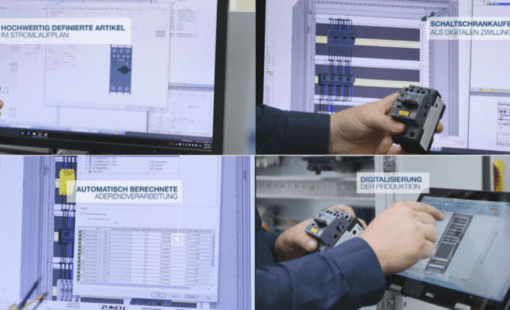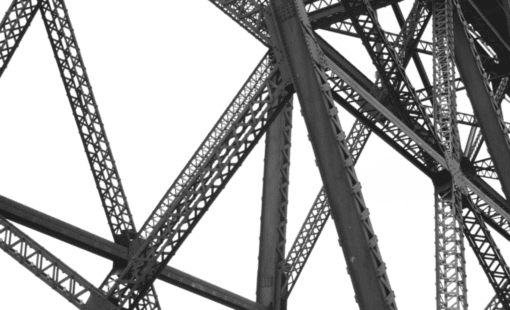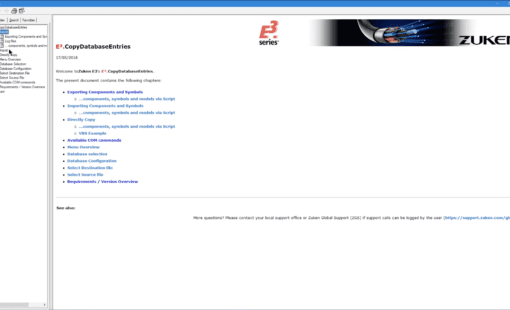
- Blog
Reducing costs, increasing productivity and ensuring quality – this is the wisdom that every management consultant in the manufacturing industry has in their briefcase today. In fact, over the past two decades, the industry has allocated significant budgets to achieve these goals. At the same time, companies often overlook money that is literally lying on the shop floor in the form of obsolete paper-based transitions to manufacturing – in particular in the areas of electrical engineering and assembly.

- Blog
Our team loves to share their expertise to help users be more efficient and productive using our software. Brian Gilman, Geo Ng, and Sanu Warrier have gathered up some of their favorite Halloween Tips and Treats here for you. Nothing scary here – just six expert tips that will help you improve your skills and treat you to something new!

- Blog
This video will show step by step instructions on how to create a basic Panel Model and insert a 3D STEP file.

- Blog
Panels are ubiquitous to any electrical design discussion. In most cases., panels hold together the nerve center of a system and vary widely in complexity. An electrical design solution needs to cater to a simple panel such as we find in our homes that may contain a few fuses and disconnects. That solution should also be able to handle complex panels like the ones used for switchgear, PLCs and the motor control centers that drive the world of automation all around us.

- Blog
Time is money in the engineering world. Every step in the design process is under increased scrutiny to reduce cycle time while maintaining accuracy while projects grow more complex by the minute. The E3.series software suite offers a number of add-on tools that will increase productivity by facilitating or automating common processes and by offering more intuitive interfaces for design environments.

- Blog
E3.series software offers a number of add-on tools that will increase productivity while allowing collaboration between all engineering disciplines. Keep in mind that functionality will vary based on your own MCAD and PLM solutions and their versions. Let’s explore the add-on tools in E3.series and see what’s available.

- Blog
In this tech-tip, we will cover the steps for creating custom verification scripts. This will ultimately create consistency in your verification process as well as saving you time as you can reuse this script from one design to the next.

- Blog
Today, there are many new concepts emerging that can dramatically improve product development. The idea of a Digital Twin is one that offers quite a bit of promise for the development of electrical and electronic systems. There’s been quite a bit of buzz about it lately as well as a lot of confusion. Right now, there are a few different definitions of the Digital Twin. In this post, we’ll explain the value of two of them.

- Blog
A detailed electrical drawing forms the basis of communicating the wiring and connection details to the manufacturing and support teams. It is important to share details of the logical and physical connections to ensure accurate comprehension of a system. The E3.series design suite enables users to add details such as signals, wires and termination details on connections (automatically in most cases).

- Blog
This video will show you how to create and use subcircuits in E3.series. Predefined subcircuits can be stored in the E3.series database. These subcircuits can be added to your project to complete your circuits. In E3.schematic, subcircuits are inserted intelligently into a drawing.

- Blog
How to use the jump to the component library and symbol-misc library commands with or without shortcut keys.

- Blog
A great product starts with a great idea and often the pillars of its success are closely related to the design and manufacturing teams. The efficiency of the design to manufacturing process directly corresponds to the profitability and therefore a schematic for an electrical design must be accurately documented and annotated. The Drawing Notes Manager add-on for E3.series aims to make documenting notes and annotations an error-free automated process.

- Blog
The new year makes us all think about new beginnings, to forge ahead with new ideas and resolutions, and carry the cheer of the holidays with for as long as possible. In 2018, Zuken added some cheer to the design side of our lives with the partnership with CADENAS and ECAD-Port to bring components from manufacturers to the users. The automated component creation and development engine are gathering steam with parts coming online for all users.

- Blog
Top 10 Tech Tips of 2018 – try saying that one 5 times fast! 2019 is off to a great start! We thought it was a good time to reflect on the best-of-the-best Tech Tips from 2018. The following are the most popular Tech Tip posts published 2018.

- Blog
For me nothing bridges the gap between the present and the future more than electric flight. I’ve spent my whole career in the electronics industry and this sector captures my imagination more than any other. These are particularly exciting times for the aerospace industry because, not only is interest in electric flight on fast charge but, with developments in AI, there’s also talk of pilotless flight. Here are some sector updates that have caught my attention in the past few months…

- Blog
Component management is a big part of the design process spanning multiple library instances. The library management tools like E3.CopyDatabaseEntries are available in E3.series to automate much of the manual work. CopyDatabaseEntries has been a trusted tool for many years for a large number of E3.series users. The biggest advantage of the tool is ...